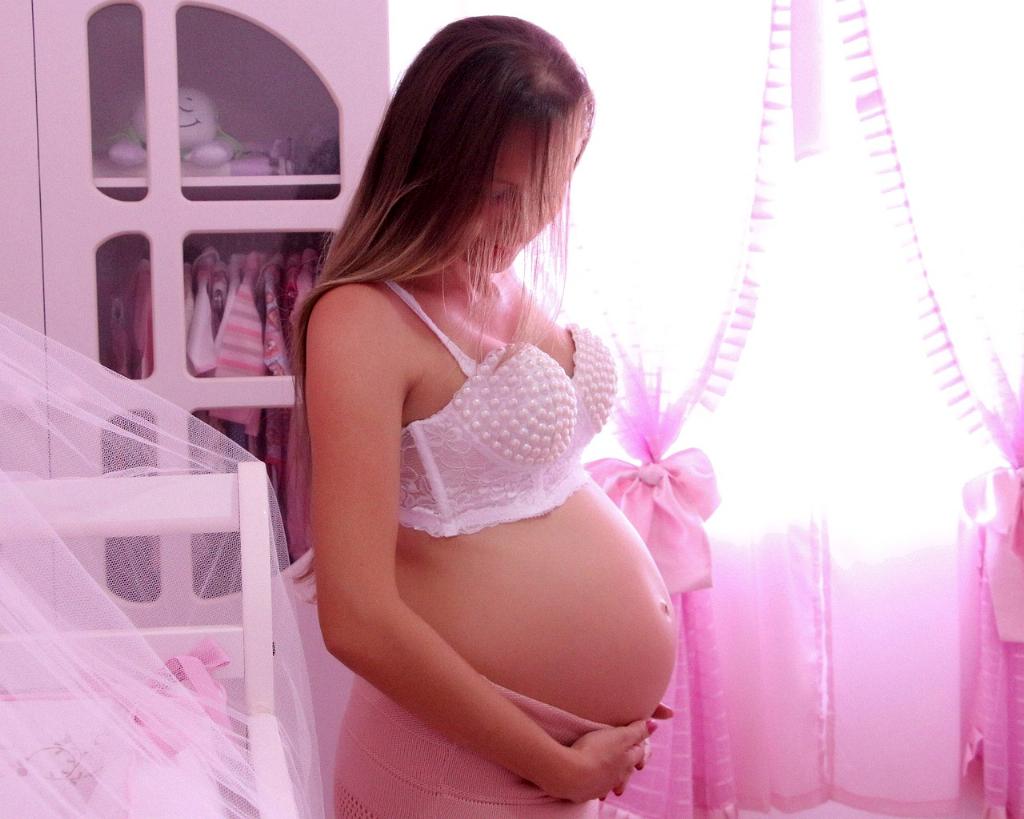After undergoing a C-section, many mothers wonder about the risks of infection. It’s essential to comprehend that infections can arise when bacteria enter the surgical site and thrive. These bacteria may originate from various sources, including the skin, internal body, or even the surgical procedure itself.
Immediate Postoperative Period
During the immediate postoperative period after a C-section, the risk of infection is heightened. Bacteria can enter the incision site when proper care is not taken. It is crucial to follow the healthcare provider’s instructions diligently to minimize this risk.
First Two Weeks
Infections are more likely to occur within the first two weeks following a C-section. During this crucial period, the incision is still healing, making it vulnerable to bacterial invasion. Any signs of inflammation, redness, or discharge should be promptly reported to your healthcare provider.
Environmental Factors
Environmental factors can also contribute to the risk of infection after a C-section. If the surgical site is exposed to unhygienic conditions or contaminated objects, the likelihood of bacterial contamination increases. Maintaining a clean and sterile environment is paramount.
Ignoring Postoperative Care
Failure to adhere to postoperative care guidelines can significantly raise the risk of infection after a C-section. This includes neglecting wound care, skipping prescribed medications, or improper hygiene practices. Following the healthcare provider’s instructions is essential for a smooth recovery.
Underlying Health Conditions
Individuals with certain underlying health conditions, such as diabetes or obesity, may be at higher risk of developing infections after a C-section. These conditions can impact the body’s ability to combat bacteria effectively, making strict adherence to postoperative care even more critical.
Length of Hospital Stay
The length of hospital stay after a C-section can influence the risk of infection. Prolonged hospitalization increases exposure to potential pathogens, highlighting the importance of maintaining cleanliness and following infection prevention protocols during the recovery period.
Post-Discharge Care
Even after being discharged from the hospital, the risk of infection persists. Proper wound care, monitoring for signs of infection, and attending follow-up appointments are crucial in preventing complications. Any concerns should be promptly addressed by a healthcare provider.
Immune System Function
The strength of the immune system plays a significant role in protecting against infections after a C-section. Individuals with compromised immune systems, such as those undergoing chemotherapy or with autoimmune disorders, may be more susceptible to postoperative infections.
Incision Care
Meticulous care of the C-section incision is vital in reducing the risk of infection. Keeping the incision clean, dry, and protected from contaminants is essential. Any changes in the incision site should be monitored closely and promptly reported to healthcare providers.
Prophylactic Antibiotics
Prophylactic antibiotics administered before or during the C-section procedure can help reduce the risk of postoperative infections. These antibiotics target potential pathogens, providing an additional layer of protection against bacterial invasion.
Healthcare Provider Guidance
Following the guidance and recommendations of healthcare providers is paramount in preventing infections after a C-section. Regular communication, adherence to prescribed medications, and timely reporting of any concerning symptoms can contribute to a smoother recovery process.
Conclusion
In conclusion, the risk of infection after a C-section is influenced by various factors, ranging from environmental conditions to individual health status. Vigilant wound care, adherence to postoperative care instructions, and proactive communication with healthcare providers are essential in reducing the likelihood of complications. By understanding the risk factors and taking appropriate precautions, individuals can promote a healthy recovery following a C-section.

